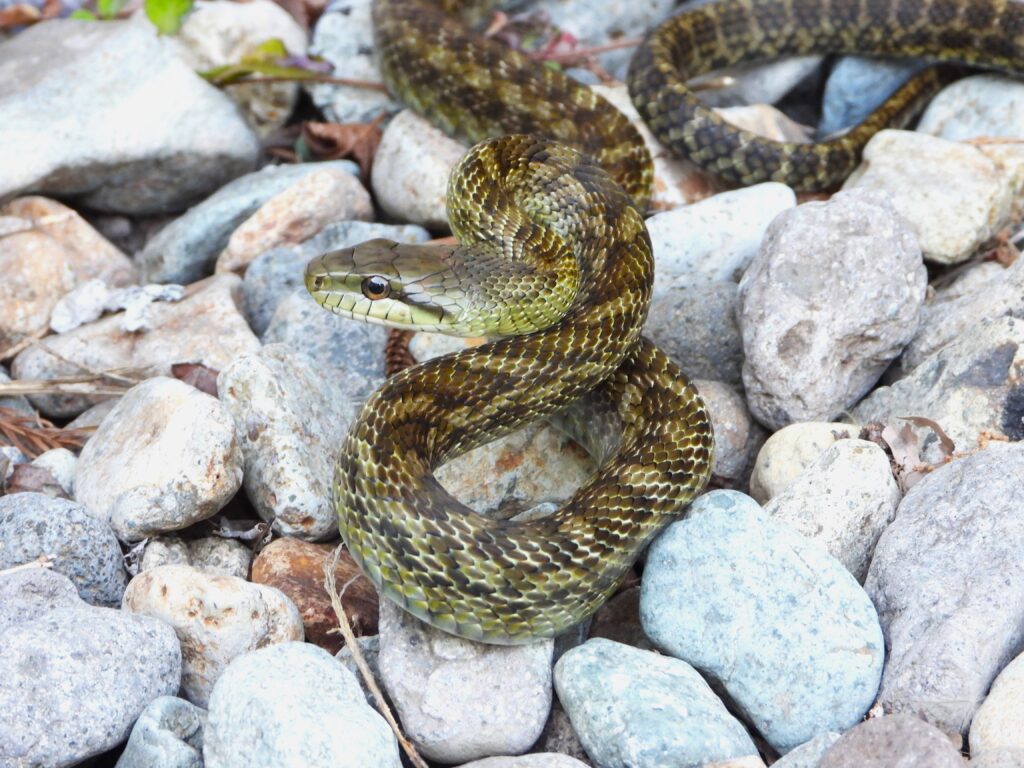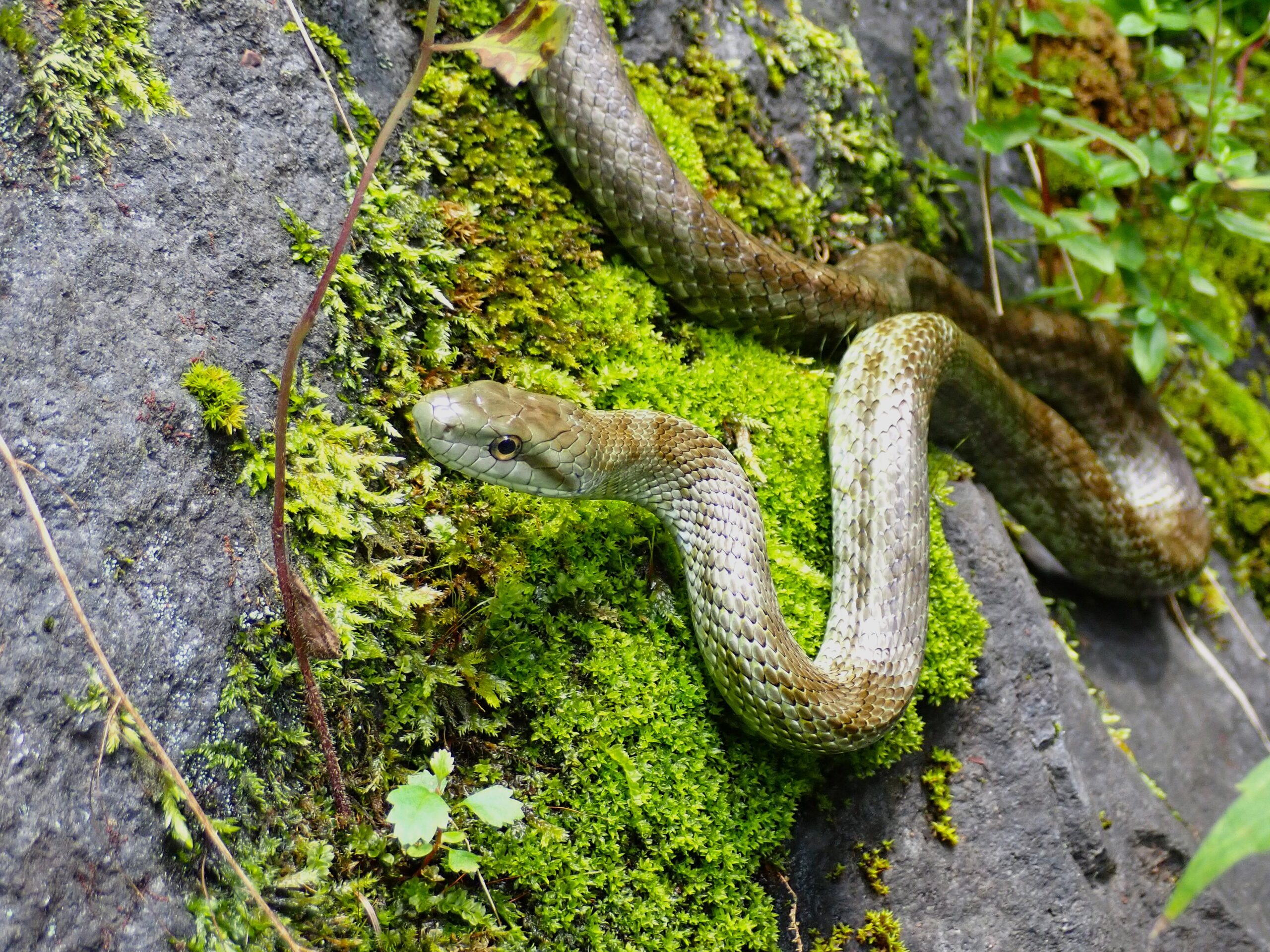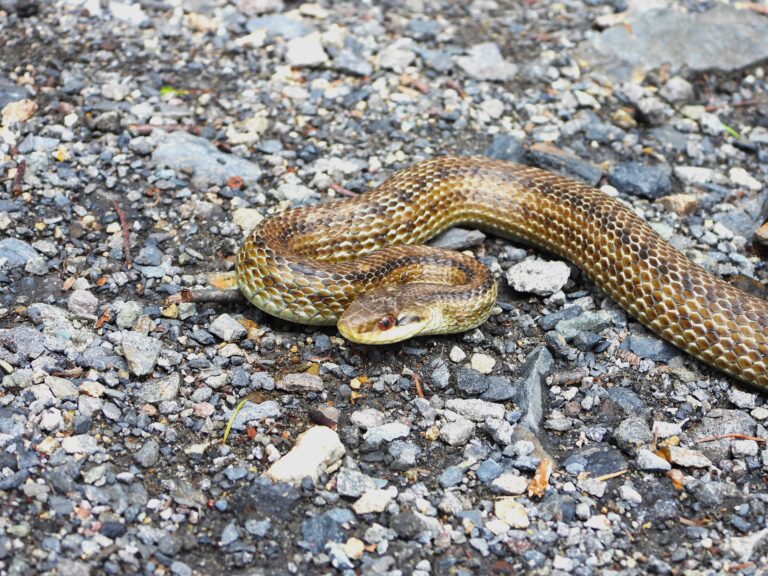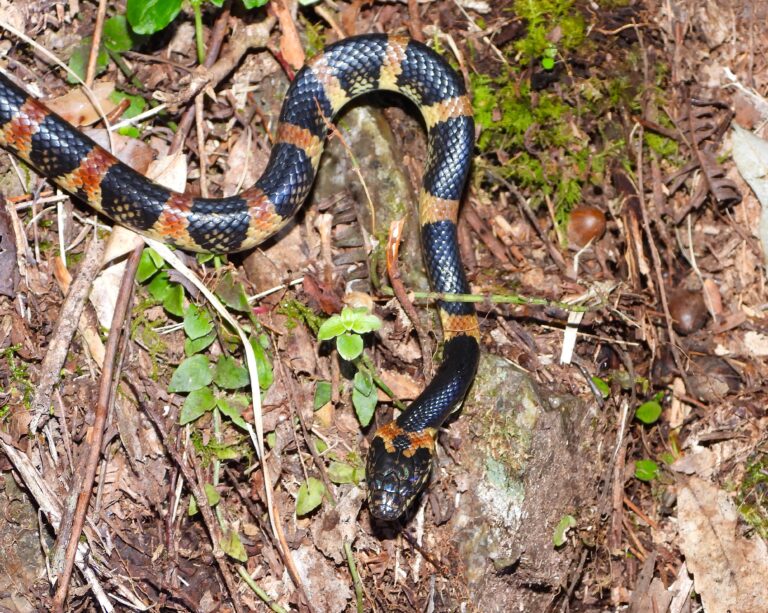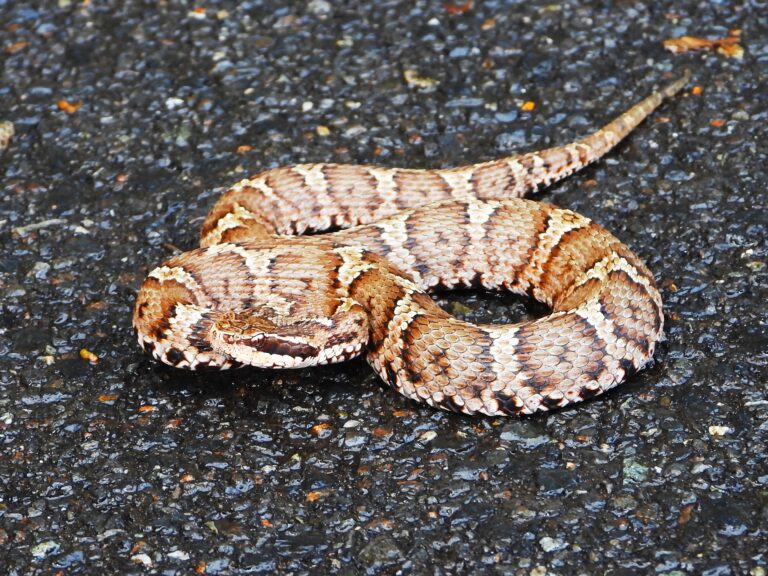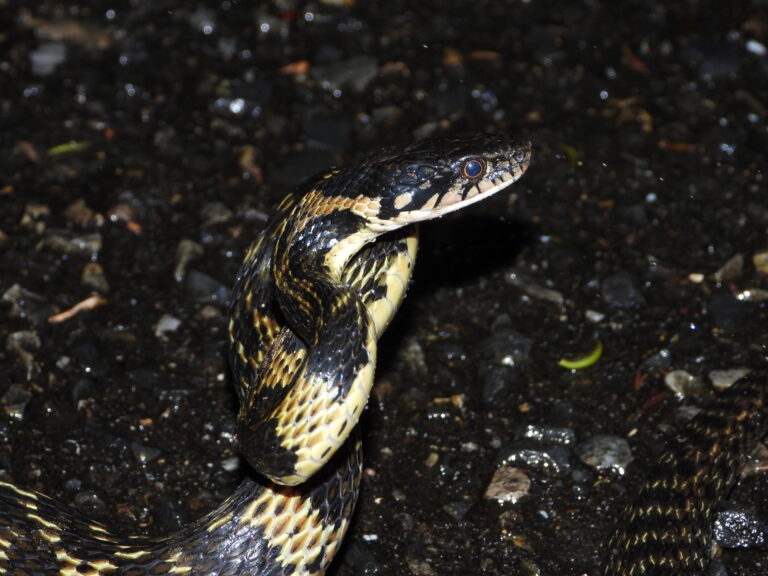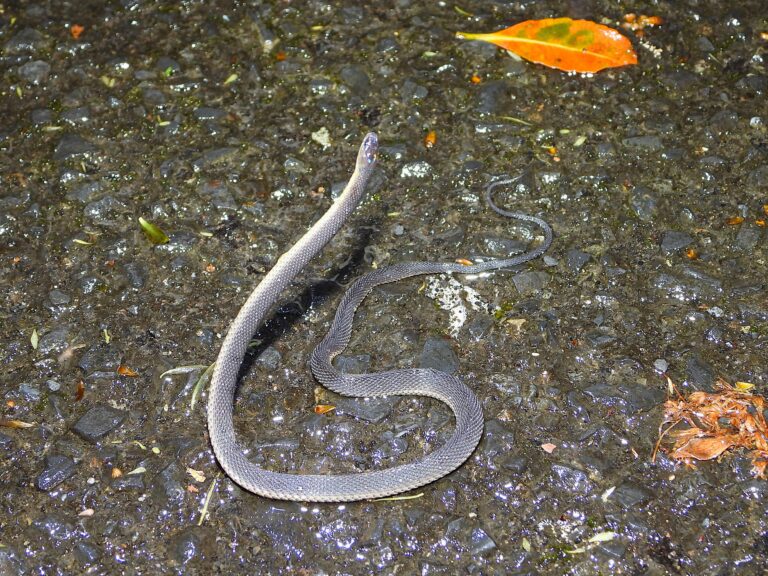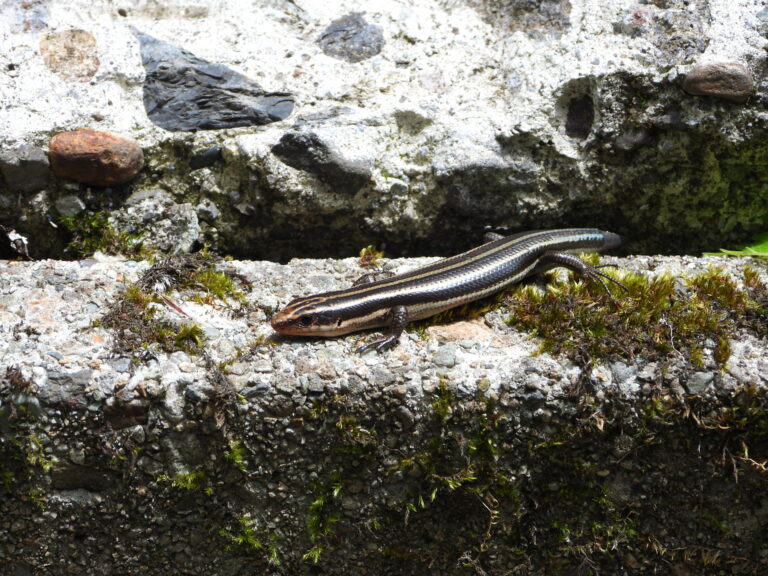Japanese Rat Snake (Elaphe climacophora) – Wildlife of Japan
Introduction
The Japanese rat snake (Elaphe climacophora) is one of the most familiar and widespread snakes in Japan. It is an endemic species, found only in Japan, where it inhabits forests, farmland, and even areas near human settlements. Known for its large size and gentle temperament, this non-venomous snake plays an important role in controlling rodent populations.
Appearance
The Japanese rat snake can reach lengths of 1.5 to 2 meters, making it one of the largest snakes in Japan. Its coloration varies with age and region, but adults are typically olive-green to brownish with a lighter underside. Some individuals may have faint banding. Juveniles often show distinct blotched patterns. Interestingly, young Japanese rat snakes have blotched brown to grayish-brown patterns that closely resemble those of the venomous pit viper (Gloydius blomhoffii, the mamushi); this resemblance is thought to function as a form of mimicry against predators. A rare color morph, the albino rat snake, is highly regarded as a symbol of good luck in certain regions.
Habitat
This species inhabits a wide range of environments, including forests, grasslands, mountains, and agricultural fields. It adapts well to human-altered landscapes and can frequently be found in barns, rice paddies, and rural homes where it hunts for prey.
Behavior
The Japanese rat snake is primarily diurnal and an excellent climber, often seen basking in the sun or gliding through trees. Although large, it is non-aggressive toward humans and will usually retreat when disturbed. If threatened, however, it may vibrate its tail and strike in self-defense.
Diet
True to its name, this snake feeds mainly on rodents, helping farmers by reducing crop damage. It also consumes birds, eggs, frogs, and lizards, showing a varied diet that makes it an important predator in the ecosystem.
Reproduction
Breeding occurs in spring, and females lay clutches of 10–20 eggs in early summer. The eggs are hidden in soil, compost, or rotting vegetation, where heat helps incubation. Hatchlings emerge in late summer, already independent and capable of hunting small prey.
Conservation
The Japanese rat snake is widespread and not considered endangered. However, habitat loss and road mortality pose localized threats. In some areas, human fear and misunderstanding also lead to unnecessary killing of this harmless species.
Author’s Impression
Among snakes in Japan, the one I encounter most often is the Japanese rat snake. I once had a truly shocking experience: when I looked out of a second–floor window, there it was—an enormous Japanese rat snake staring back at me. I was amazed to realize that they can climb not only trees but also buildings. That unforgettable moment made me appreciate their adaptability even more.
Video
